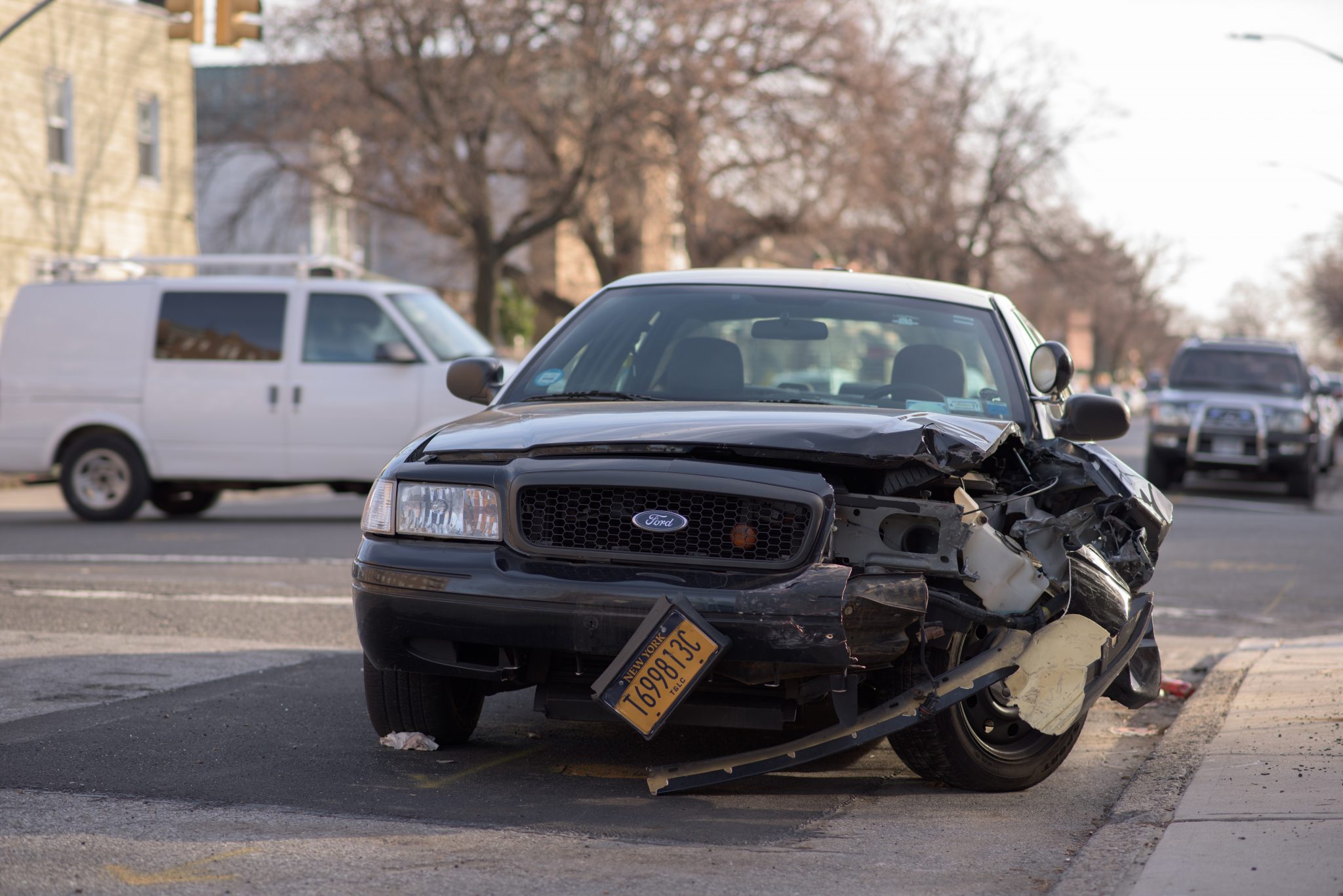Unfortunately, all drivers will face risks when out on the road. Part of learning how to drive focuses on understanding the hazards that you may face. However, some road risks require a greater understanding than others.
Here are 4 different kinds of road risks that every driver should know more about.
Black Ice
Black ice can be extremely dangerous for drivers, and so it is important to know what it is and how you should react if you come across it. For those who are unfamiliar with the term, black is in a thin coat of transparent ice. As it is so thin, it blends in with the road and this makes it almost impossible to see. If there is moisture on the road and the temperature drops below freezing, then the moisture freezes and turns into black ice.
Driving on icy roads can take your car up to 10 times longer to stop completely, and sometimes with black ice braking can’t help as your car will skid out of control. Different types of car accidents are caused by varying factors, however black ice is known for causing more fatal ones. Research has shown that almost 2000 people die and over 135,000 people are injured as a result of car accidents on icy roads.
If you can avoid driving in snowy/icy conditions then you absolutely should as it is very dangerous and often it is not worth the risk. If you do have to drive in icy conditions make sure you drive slowly and use snow tires when possible as this will give you more control if you hit the ice.
Blind Spots
When driving not only should you consider your blind spots but also the blind spots of others. Just because you can see someone, does not mean that they can see you. When driving behind trucks, lorries, buses or any type of large vehicle be sure to give them plenty of space so that they can see you. Generally, it is a good idea to keep a safe space from other drivers anyway as if they have to brake suddenly you will then have time to stop your car from crashing into theirs. Don’t underestimate distance and be sure to consider weather conditions as if it is a rainy day it will take your car longer to come to a complete stop.
Be mindful of your blind spots too! Don’t become complacent when it comes to checking for other vehicles and cyclists around you. Unfortunately, this is how a lot of cyclists get hurt, so ensure you are doing your bit to keep yourself and others safe on the road by checking your blind spots.
Driving With Reduced Visibility
Driving with reduced visibility can be extremely dangerous and it should be avoided whenever possible. Driving in the dark, in foggy/misty conditions or heavy rain requires you to take extra safety precautions. Rain attributes for 52% of car crashes in the UK because people overestimate how quickly they can brake in these conditions. Sometimes there is no avoiding driving in reduced visibility, however, there are things you can do to increase your safety on the road.
Namely, always use your windscreen wipers in the rain and use your headlights to help increase your visibility. The other thing you can do to reduce risk is to drive slowly and ensure you are giving other vehicles a wide berth. Even if you have people beeping at you or driving up close to you to hurry you, stay controlled and go at a responsible pace.
Animals
People tend to laugh at the idea of animals causing risk to drivers, however, you would be surprised at how often they can cause crashes. Even small animals such as rabbits, people try to swerve out of their way and end up crashing. Some areas are more prone to animals coming out on the road, for instance, if you are driving in the countryside near farming land, then you might want to keep your eyes peeled for animals on the move. In a year, there were over 260,000 crashes involving animals! An American survey found that the two most popular animal encounters involved deer and squirrels.
Being a driver comes with many risks, however, having an awareness and understanding of this is the first step in helping you to be a safer driver. Take things at your pace, keep your knowledge and driving skills up to date and you will continue to reduce your risk on the roads.


